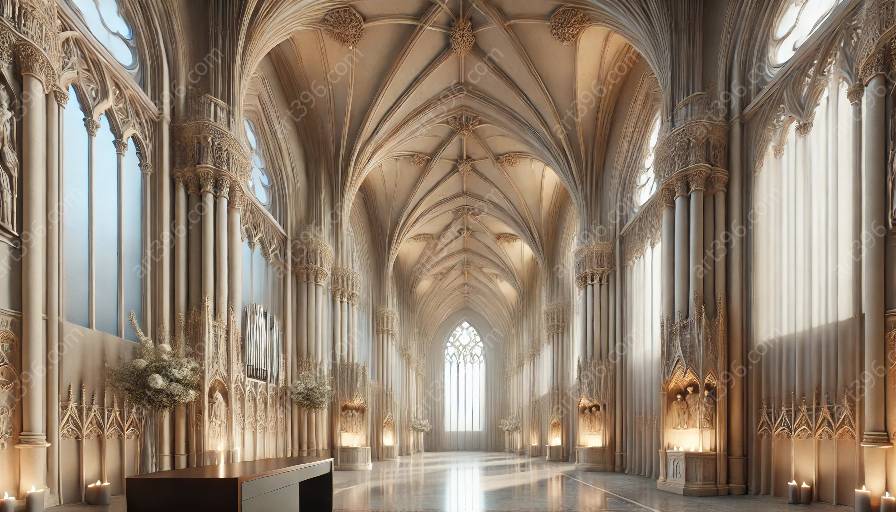Gothic architecture has had a profound impact on visual art and design, spanning centuries and inspiring a wide array of works across different mediums. From its intricate details to its soaring verticality, the influence of gothic architecture can be seen in various artistic and design movements.
The Evolution of Gothic Architecture
Gothic architecture emerged in the Middle Ages, characterized by its pointed arches, ribbed vaults, and flying buttresses. The soaring heights and use of light in Gothic cathedrals created an ethereal and transcendent atmosphere, influencing the way artists and designers approached their craft.
Impact on Visual Art
The influence of gothic architecture on visual art is evident in the portrayal of religious themes and the incorporation of gothic elements in paintings, sculptures, and stained glass windows. Artists such as Hieronymus Bosch and Albrecht Dürer were influenced by the intricate details and symbolism found in gothic architecture, incorporating these elements into their works.
Influence on Design Movements
Gothic architecture's impact on design can be seen in various movements, such as the Gothic Revival in the 19th century. The revival of gothic elements in architecture, furniture, and decorative arts reflected a nostalgic appreciation for medieval craftsmanship and design.
Legacy and Enduring Influence
The enduring legacy of gothic architecture can be observed in contemporary visual art and design, where its influence continues to inspire new creations. Architects and artists draw upon gothic motifs and principles, creating modern interpretations that pay homage to the rich tradition of gothic design.









































